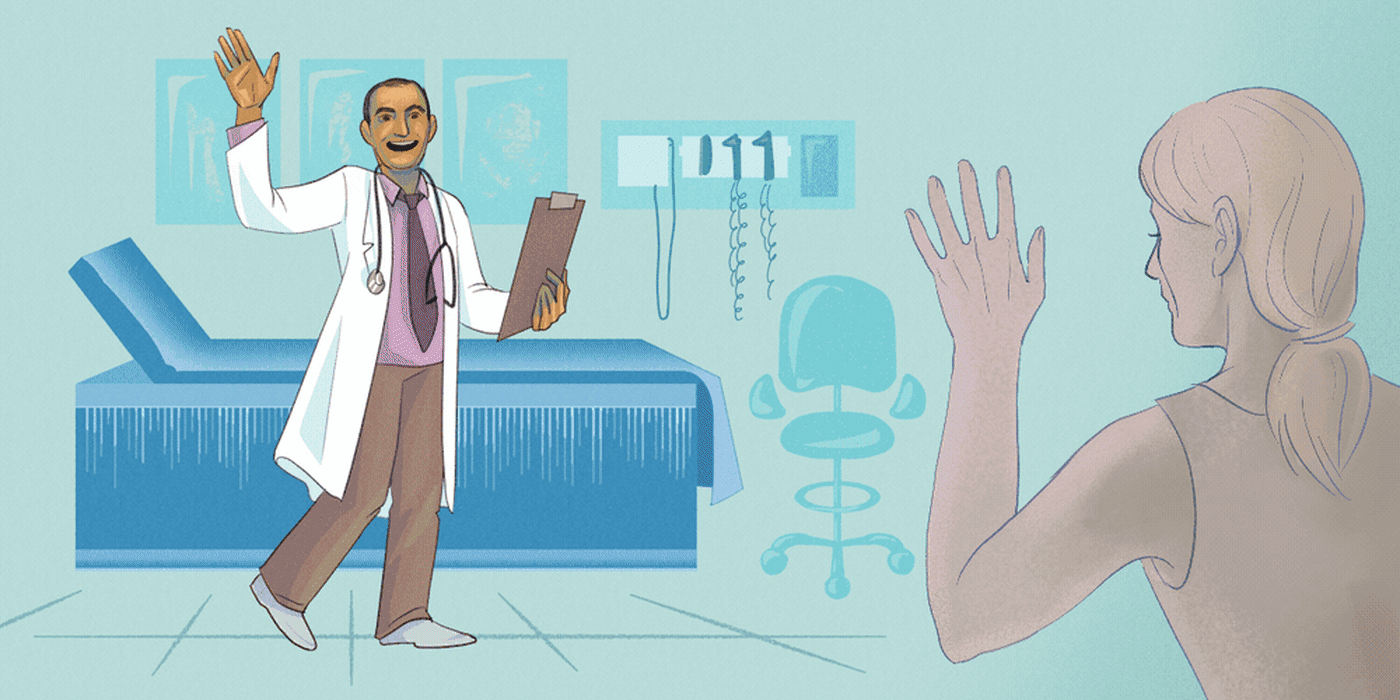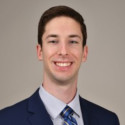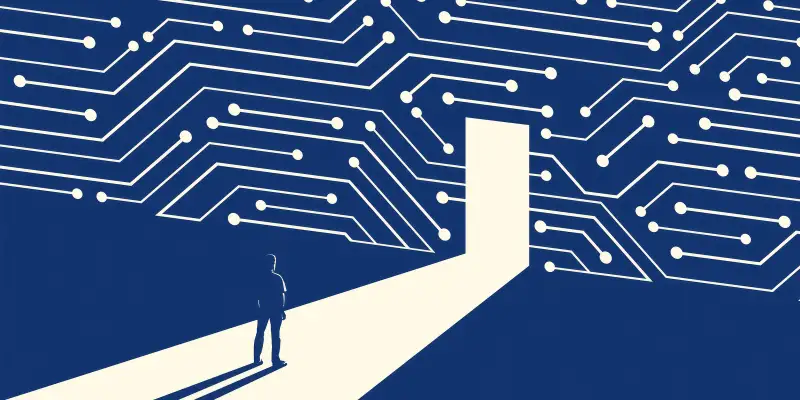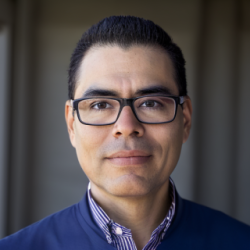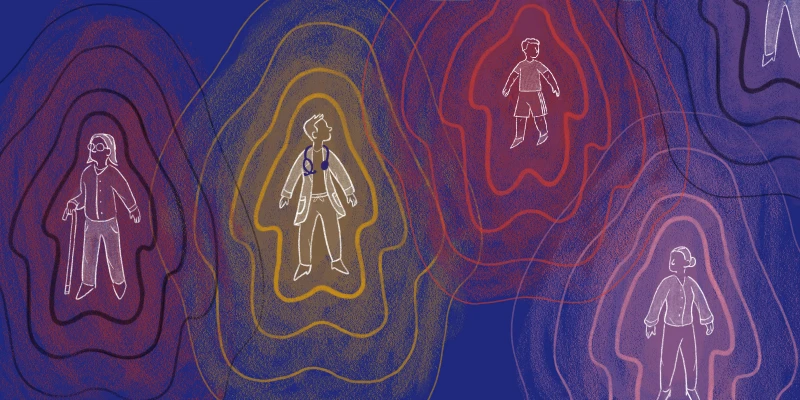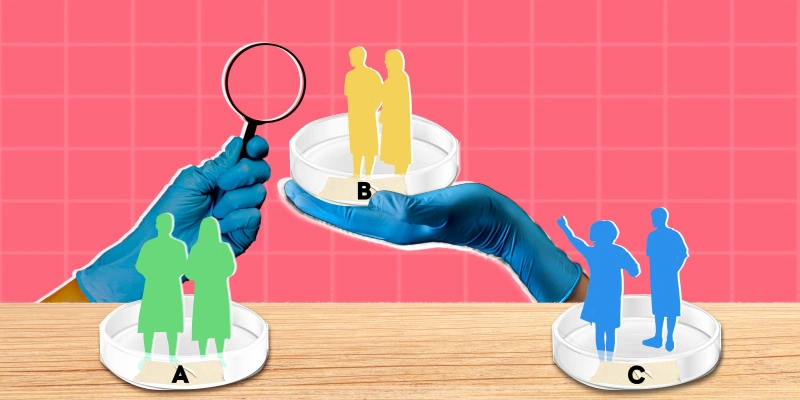“Hey, are you a doctor?” The question came from behind me at a local BBQ restaurant. It was a man in his mid-40s, dressed in athletic wear and a baseball cap. It took only a moment before I recognized him. Just weeks earlier, I had treated him in the hospital for a vertebral artery dissection that resulted in a significant posterior circulation stroke.
Gone was the hospital gown, the tangle of IV lines, and the steady rhythm of beeping monitors. In their place was a man standing with his family, smiling, and doing well. Seeing him in this light, not as a patient but as a person, caught me off guard. So often we, as physicians, are familiar with seeing patients in the context of a hospital room or clinic. We see them in situations where a dynamic exists between a healer or educator and a recipient of that care or knowledge. To encounter patients in a setting where they can exist at the same level as their physicians is a refreshing experience that I didn’t quite understand until I began to experience the impact of living a life that has overlap with that of my patients.
Training and practicing neurosurgery in a more rural environment rewrites the script we’re often handed in academic medicine. In more urban medical centers, patients and physicians can exist in parallel but separate worlds. Boundaries are sharply drawn. The white coat confers not just responsibility, but an unspoken hierarchy. In a more rural practice setting, those walls are not quite as high.
Here, there is a good chance your patients may live down the road from you. Their kids might go to school with yours. You may bump into them at religious services, on the sidelines of a high school football game, or, like I did, at a local restaurant. The traditional doctor-patient power dynamic softens. You’re no longer just “the neurosurgeon” — you’re a neighbor, a fellow human.
This interconnectedness has a profound impact on training. It fosters a sense of accountability that goes beyond clinical charts and outcomes. Every patient encounter carries a weight of shared existence. You are not just managing cases; you are caring for people whose lives are woven into the same community fabric as your own. That awareness creates a deeper, often more personal, commitment to excellence.
Another remarkable element of a more rural training environment is the natural collegiality that develops across medical specialties. In larger cities, it’s common for departments to operate in silos. Here, the boundaries are more porous. Living near one another fosters professional collaboration and genuine camaraderie. You learn to value the expertise of others not just as colleagues, but as teammates in the shared mission of caring for the community.
There is something raw and real about training in this community. You see medicine not as a transactional service, but as a relationship-centered vocation. The humanity of your patients is constantly in view — because you see them not just during morning rounds, but on Saturday morning runs, in the grocery store, and on local trails. The reciprocal nature of this relationship creates a culture in which the care and advice that is provided by the physician is given from a position of more equal status. In turn, this builds an environment in which patients are able to be more attentive and receptive to this advice.
Of course, this setting isn’t without its challenges. Resources can be more limited. You may carry a broader scope of responsibility. But in those demands lies opportunity — the chance to develop independence, resourcefulness, and a true sense of stewardship over your patients’ well-being.
For me, moments like the one at the BBQ restaurant are not outliers; they are reminders of why this path matters. In a world where modern medicine often feels detached and clinical, my training environment offers something rare: connection.
And in that connection lies the soul of healing — not just for the patient, but for the doctor as well.
What was the last encounter you had with a patient in the wild? Share in the comments!
Dr. Bronson Ciavarra is a current neurosurgery resident at Baylor Scott and White Medical Center - Temple, TX. He enjoys woodworking, making pizzas, spending time on the ranch, and lake days. Bronson is passionate about medical humanities, philosophy of mind, and brain-computer interfaces. Dr. Ciavarra was a 2024-2025 Doximity Op-Med Fellow.
Animation by April Brust
